Norma Cases 416 Rem Mag QTY 50
R 0.00 Incl. VAT
Norma Cases 416 Rem Mag QTY 50

In 1988 Remington finally decided to fill the gap between the .375 H&H and the .458 Win. Mag. The result was .416 Remington Magnum. During the previous 25 years a wide variety of wildcats with .416” bullets had emerged. One of the most popular was the .416 Hoffman, which is based upon a blown out full-length .375 H&H-case. Remington basically did the same thing by necking up the 8mm Rem. Mag. case to accept a .416” bullet. Hereby Remington managed to make a cartridge which duplicates the performance of the .416 Rigby with the original loads that made this cartridge famous. However, the .416 Rigby was made with a huge case in order to keep down the pressure from the fast burning Cordite-powder in tropical climates. This is the reason that the .416 Remington operates at a higher pressure – like most modern cartridges designed for modern rifles.
The .416-cartridges combines the trajectory of a .375 H&H and the muzzle energy of the .458 Win. Mag. and they hereby constitute very versatile cartridges. Actually they are close to the non-existing all round cartridge for hunting all over the world.
The “magnum”-designation is a marketing gimmick, as both Rigby’s and Weatherby’s versions have a much larger case capacity and can be loaded to higher muzzle velocities. Accordingly the .416 Remington is at its best with the same powder types as the .375 H&H.
For African big game the 400 grain bullets of a good construction is the classical choice, but for Brown bear in Alaska or driven moose in Europe many hunters prefer 300 or 350 grain bullets.
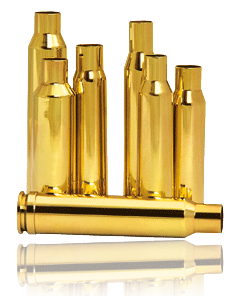
Norma products are known worldwide for high quality. Cartridge cases are an important factor in this reputation. Superior quality ensures a long life and many reloads. Norma cases are made of the best possible raw materials with the narrowest tolerances, and they deliver accuracy round after round.
The case neck is annealed to become softer. This prevents gas leaks and enables the case to hold the bullet firmly for at least 10 years without cracking as a result of aging material.
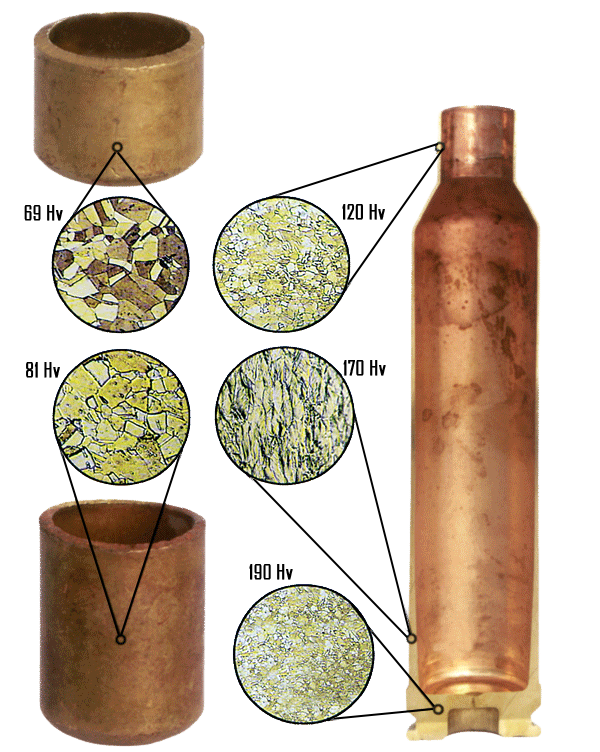
Further down on the case body, the hardness increases to avoid unnecessary stretching. If it is too hard, it would bring the risk of cracks.
Furthest down, around the primer pocket, the brass should be firm. Here, the hardness is nearly twice that of around the neck.
The structure of the material reveals the hardness. During processing the large, soft grains are broken down into smaller ones, which makes for a harder material. At the annealing, small grains become bigger and the hardness decreases.
| Weight | 1.5 kg |
|---|---|
| Dimensions | 25 × 15 × 15 cm |
Be the first to review “Norma Cases 416 Rem Mag QTY 50” Cancel reply
You must be logged in to post a review.

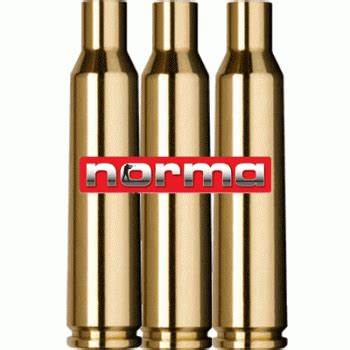
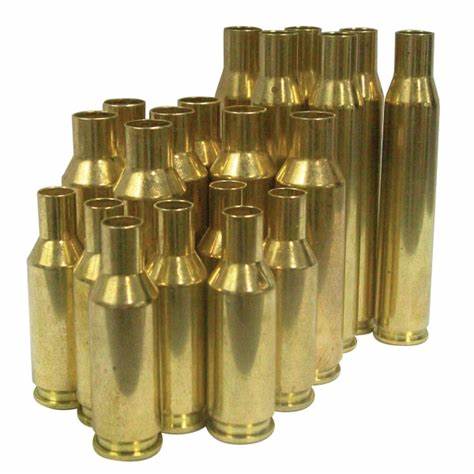

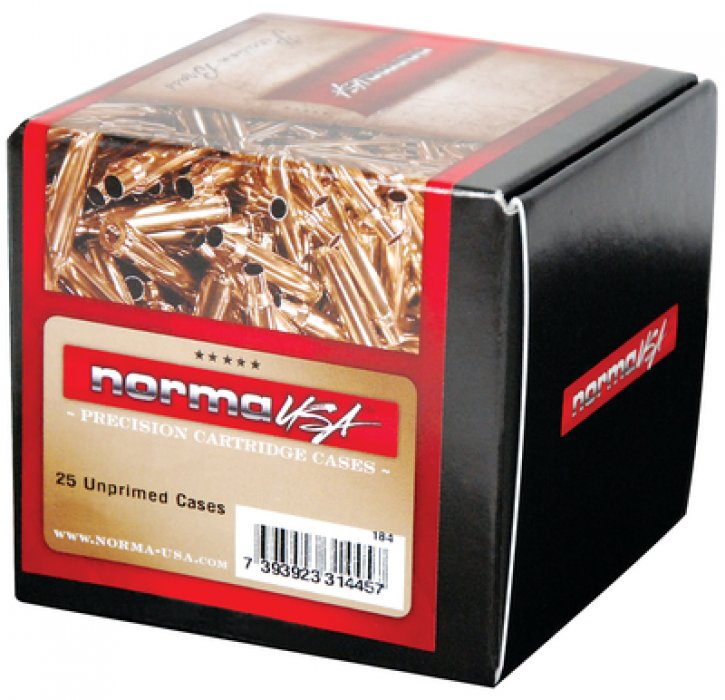
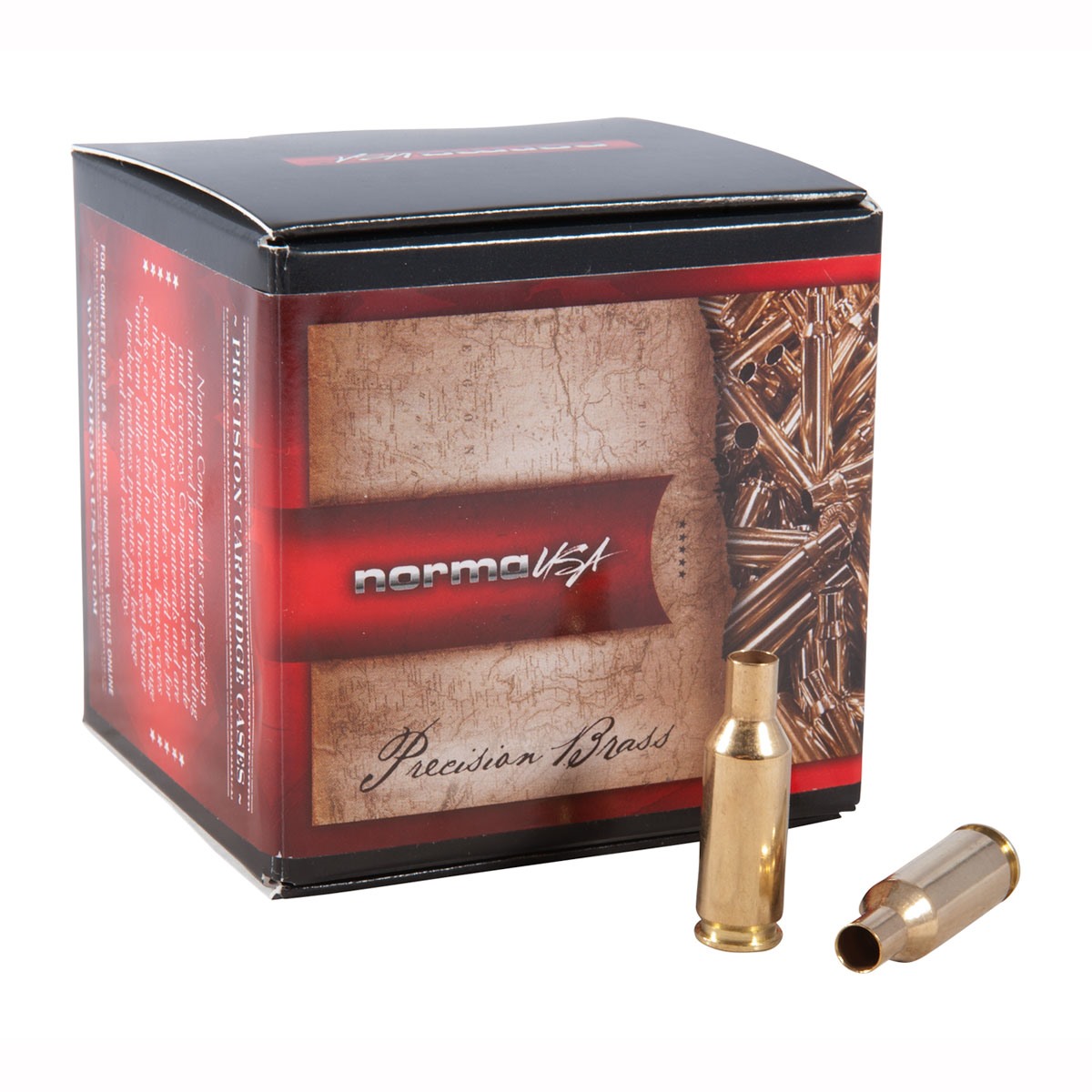
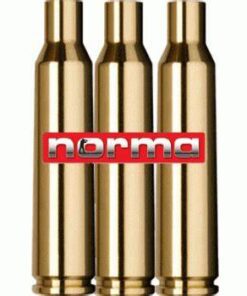
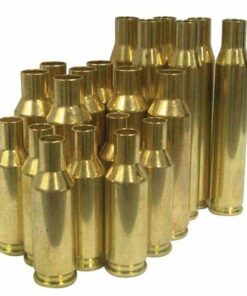
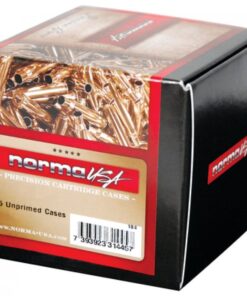
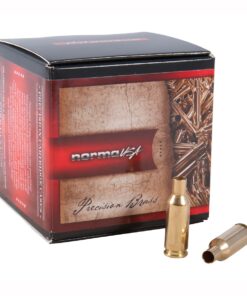


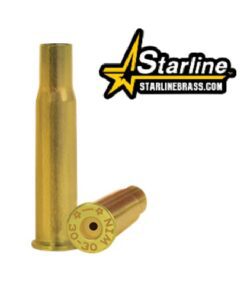
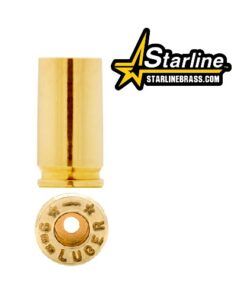
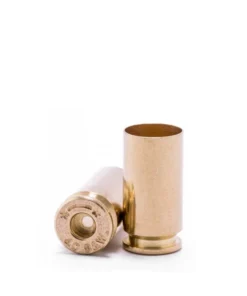
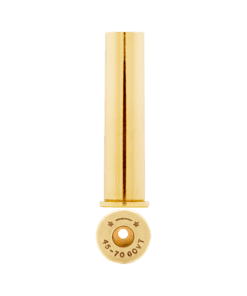
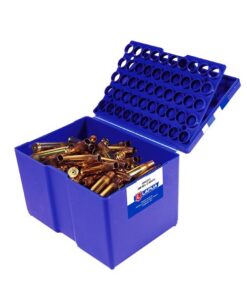
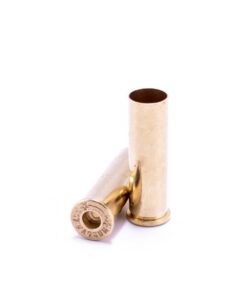
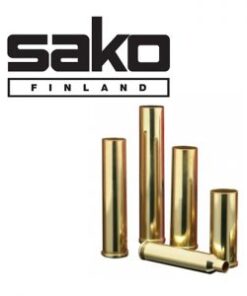


Reviews
There are no reviews yet.